The Major Scale is one of the most important tools in creating entrancing music.
Whether you’re a beginner or an experienced producer, the Major Scale is a fundamental concept of Music Theory that you simply can’t ignore.
In this post, we’ll be covering everything you need to know about the Major Scale, including how to use it to create positive, uplifting music.
Music that won’t only make your listeners feel good, but stays with them in a deeply emotional way.
Let’s jump in…
Table of Contents
- What is the Major Scale?
- C Major Scale
- Major Scale Ascending
- Key Signature
- Additional Major Scales & Their Attributes
- A flat Major Scale (Ab, Bb, C, Db, Eb, F, and G)
- B flat Major Scale (Bb, C, D, Eb, F, G, and A)
- G flat Major Scale (Gb, Ab, Bb, Cb, Db, Eb, and F)
- D flat Major Scale (Db, Eb, F, Gb, Ab, Bb, and C)
- F Sharp Major Scale (F#, G#, A#, B, C#, D#, and E#)
- F Major Scale (F, G, A, Bb, C, D, and E)
- Inspect Your Notes
- Using the Major Scale in Chord Progressions
- Final Thoughts
What is the Major Scale?
Simply put, the Major Scale is a musical scale that consists of seven notes arranged in a specific pattern of whole & half steps.
It begins on the Tonic (or, Root) Note, and ends on the Tonic as well.
1. Tonic 一 The tonic is the first note of a major or minor scale and is often referred to as the “home” note, as it provides a sense of stability and resolution.
2. Supertonic 一 The supertonic is the second note of a major or minor scale and often provides a sense of tension or anticipation, as it creates a sense of movement away from the tonic.
3. Mediant 一 The mediant is the third note of a major or minor scale and is often used to create a sense of emotional contrast or change within a melody.
4. Subdominant 一 The subdominant is the fourth note of a major or minor scale and is often used to create a sense of tension or anticipation, as it leads toward the dominant.
5. Dominant 一 The dominant is the fifth note of a major or minor scale and provides a sense of tension and resolution, as it creates a sense of movement toward the tonic.
6. Submediant 一 The submediant is the sixth note of a major or minor scale and often provides a sense of emotional contrast or change within a melody, as it can create a sense of movement away from the dominant.
7. Leading Note 一 The leading note is the seventh note of a major or minor scale and provides a sense of tension and anticipation, as it creates a sense of movement toward the tonic.

The Major Scale is different from other scales, such as minor scales, because of its bright and uplifting sound.
In fact, many of the most popular songs in the world are based on the Major Scale because they make people feel good and energized.
“Happy” by Pharrell Williams is a great example of a song that uses the Major Scale.
If you’re looking to create music that makes people feel happy and elated, then the Major Scale is a great place to start.
To use this particular scale in your music production, you first need to understand how it works.
The Major Scale consists of seven notes arranged in a specific pattern:
- Whole Step (2 semitones)
- Whole Step (2 semitones)
- Half Step (1 semitone)
- Whole Step (2 semitones)
- Whole Step (2 semitones)
- Whole Step (2 semitones)
- Half Step (1 semitone)
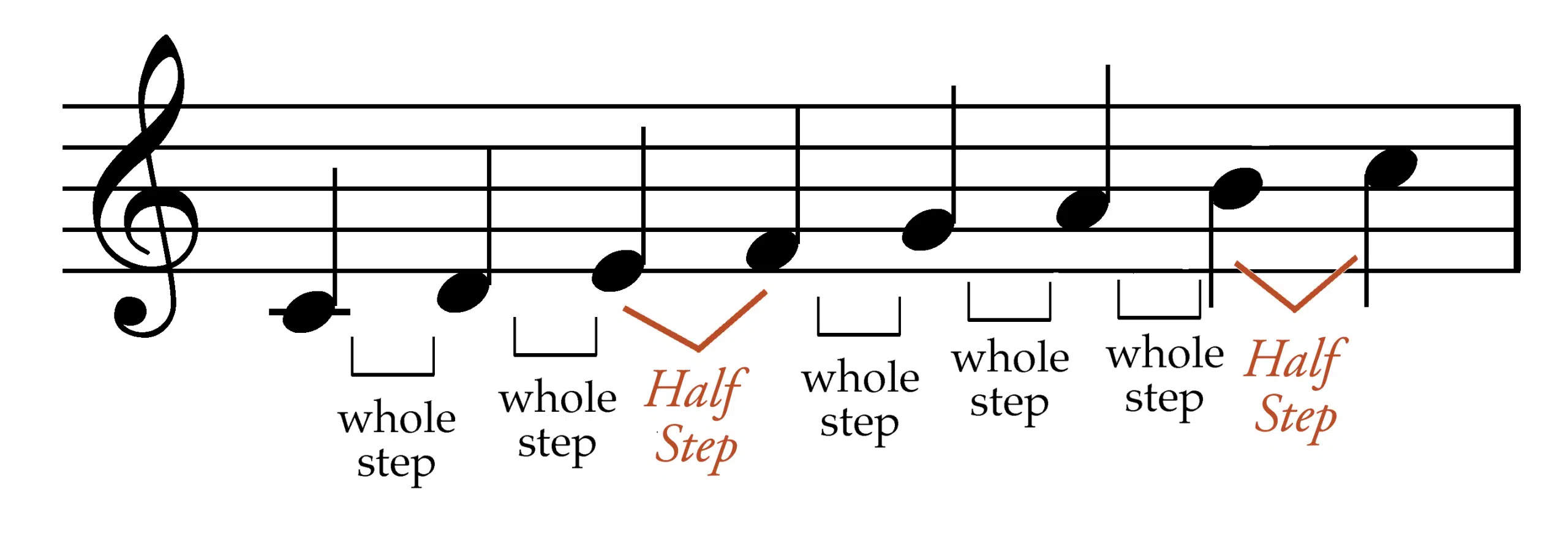
This pattern can be applied to any of its contributing notes, which means there are 12 different Major Scale types.
The sequence of whole & half steps is what gives the Major Scale its unique sound and character.
In a major scale, each note is assigned a scale degree based on its position in the sequence of whole notes & half-notes that make up the scale.
When using the Major Scale in your tracks, it’s important to pay close attention to the specific notes that you’re using.
Each one has a specific role in creating the overall mood and character of the music.
By understanding the role of each note, you can easily create music that is both uplifting and captivating.
C Major Scale
Let’s take a look at the C Major Scale as an example, as it’s the most commonly used, especially for someone first starting out.
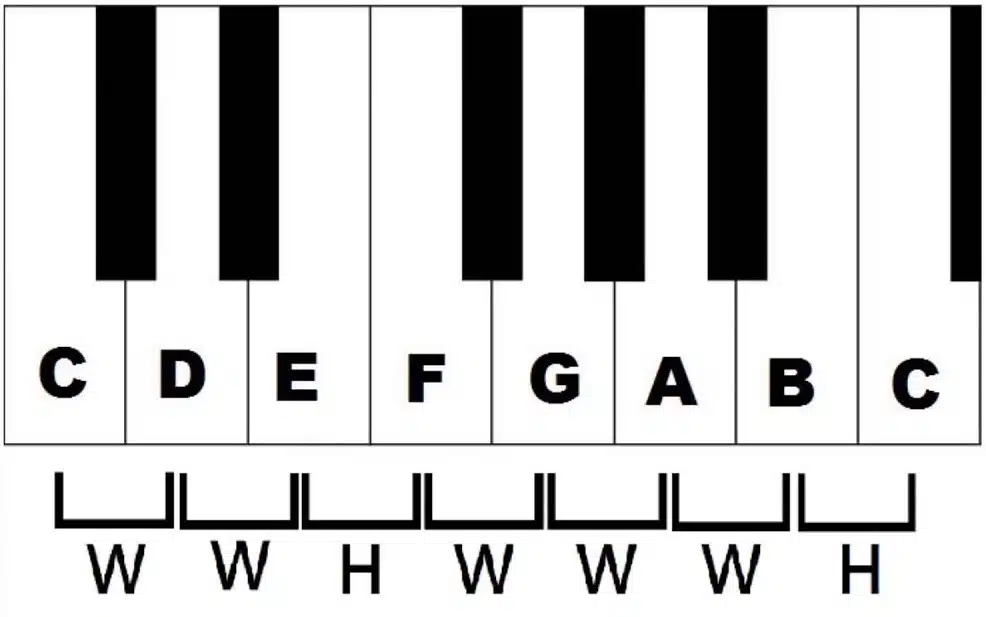
The notes in the C Major Scale are:
- C
- D
- E
- F
- G
- A
- B
This means that the pattern of whole notes and half-notes starting on C is as follows: whole, whole, half, whole, whole, whole, half.
One of the reasons why the scale of C Major is so popular is that it’s easy to play on a keyboard or guitar.
- To play it on a keyboard 一 Play the white keys from C to C.
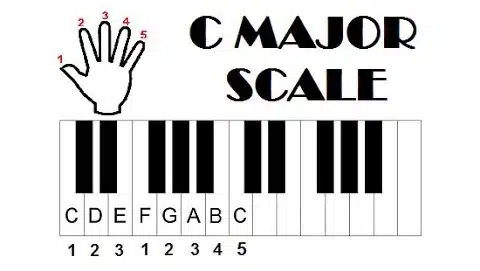
- To play it on the guitar 一 Play the open strings in the following order: E, A, D, G, B, E.
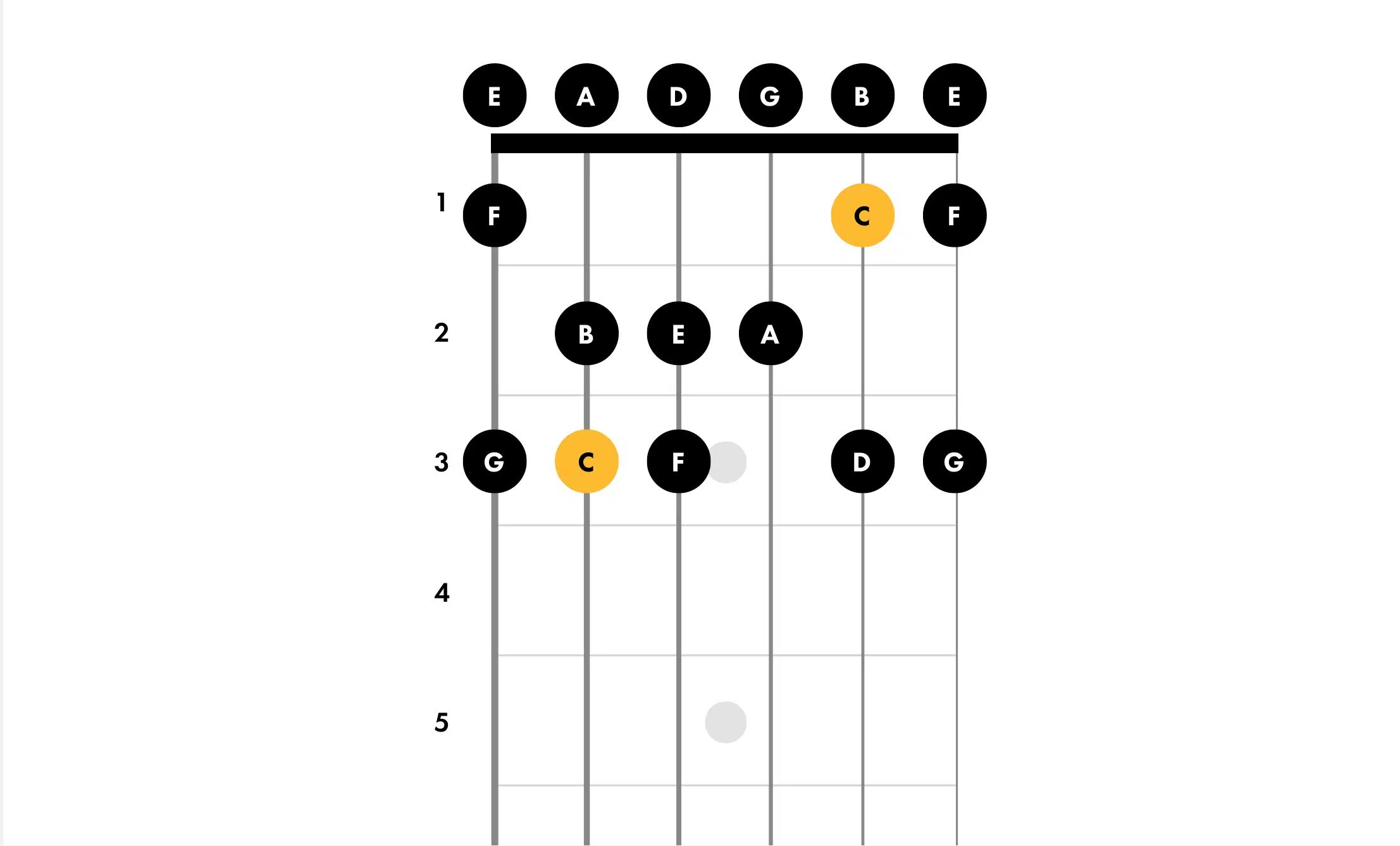
Some popular songs that use the CM Scale include “Let It Be” by The Beatles, “Clocks” by Coldplay, and “Piano Man” by Billy Joel.
G Major Scale, E Major Scale, D Major Scale
In addition to the C Major Scale, there are many other Major Scales that you can use to help your tracks stand out from the crowd.
Some of the most popular Major Scales include G, E, and D.
- The notes in the G Major Scale are G, A, B, C, D, E, and F#.

- The notes in the E Major Scale are E, F#, G#, A, B, C#, and D#.
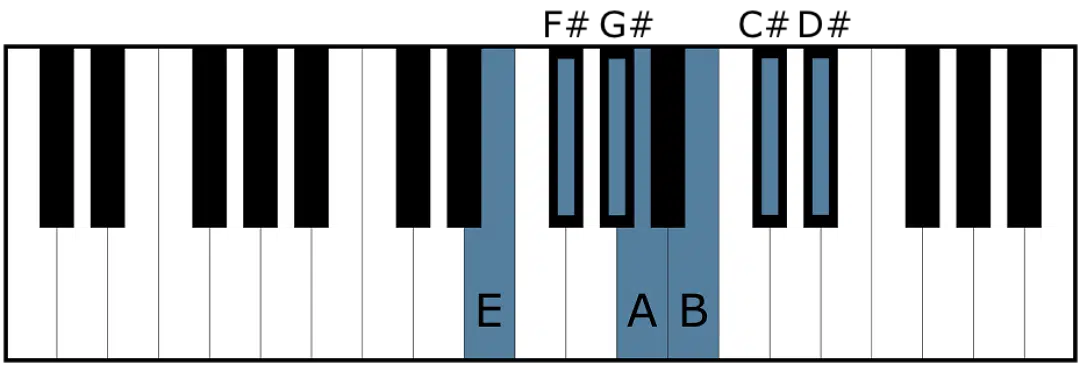
- The notes in the D Major Scale are D, E, F#, G, A, B, C#, and D#.

Each of these Major Scales has its own unique sound and character, which makes them great for creating different moods in your music.
For instance, the G Major Scale and D Major Scale evoke bright and joyful sounds.
The E Major Scale, on the other hand, has a more serious and introspective feel.
Major Scale Ascending
Another way to use the Major Scale in your production is by creating ascending melodies.
An ascending melody is one that moves higher in pitch as it progresses.
The Major Scale is particularly well-suited for creating ascending melodies because of its specific pattern of half & whole steps.
To understand the Major Scale ascending, let’s look at C Major Scale ascending.
To play the C Major Scale ascending, you’re going to start on note C and follow the interval pattern, which is W-W-H-W-W-W-H.
This means that you’re going to:
- Move up two whole steps from C to D.
- One half-step from D to E.
- Two whole steps from E to G.
- One whole step from G to A.
- One half-step from A to B.
- Finally, you’ll arrive at note C one octave higher than the starting note.
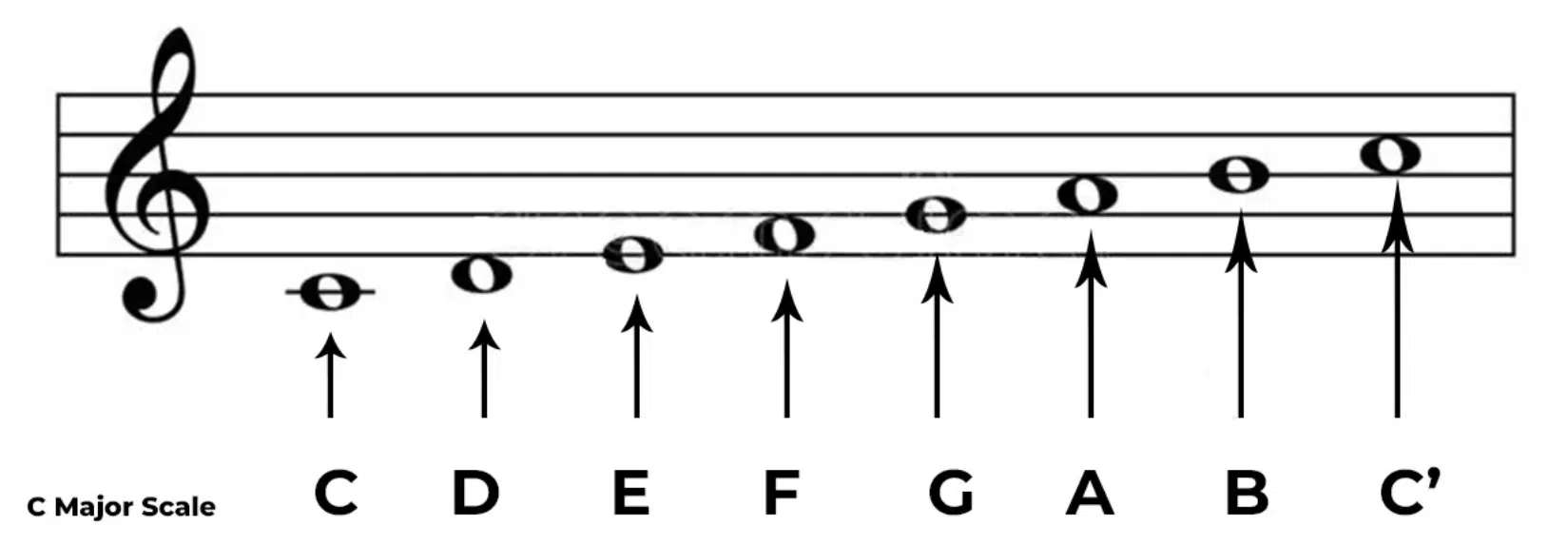
A popular song that uses ascending Major Scales is “Do-Re-Mi” from The Sound of Music.
Key Signature
One important concept to understand when working with the Major Scale is the key signature.
A key signature is a set of sharps or flats that are placed at the beginning of a piece of music to indicate which notes should be raised or lowered throughout the piece.
The key signature of a piece of music is determined by the Major Scale that the piece is based on.
For instance, if a piece of music is based on the C Major Scale, the key signature will be completely blank.

This indicates that all of the notes in the piece are natural.
On the other hand, the key of C sharp Major scale consists of seven sharps (C#, D#, E#, F#, G#, A#, and B#).

This means that all the notes in the C sharp Major scale are raised by a half step, compared to their natural pitch.
Additional Major Scales & Their Attributes
In addition to the Major Scales we’ve already discussed, there are six other Major Scales that you can use to really make your music captivating.
Let’s take a look at each one, and determine how they’ll sound when applied.
-
A flat Major Scale (Ab, Bb, C, Db, Eb, F, and G)
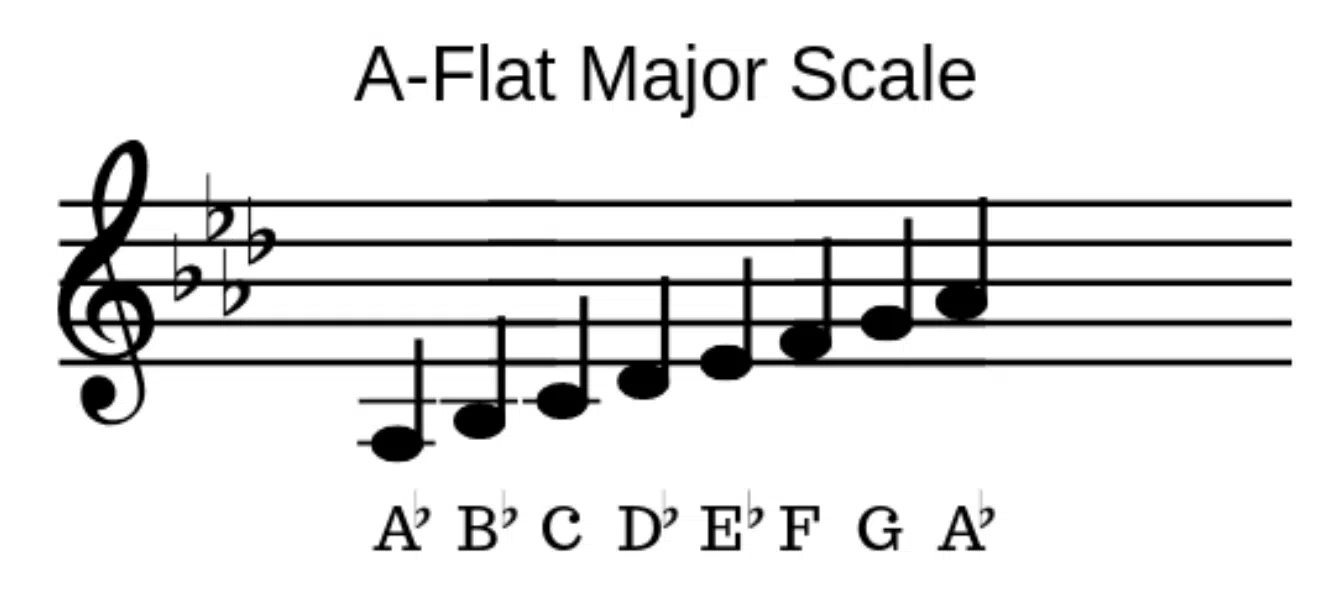
The A flat Major Scale has a rich and full sound that is often described as warm and majestic.
Due to the high number of flats in the key signature (four), this scale has a mellow and somewhat melancholic quality that is often used in romantic and introspective music.
-
B flat Major Scale (Bb, C, D, Eb, F, G, and A)
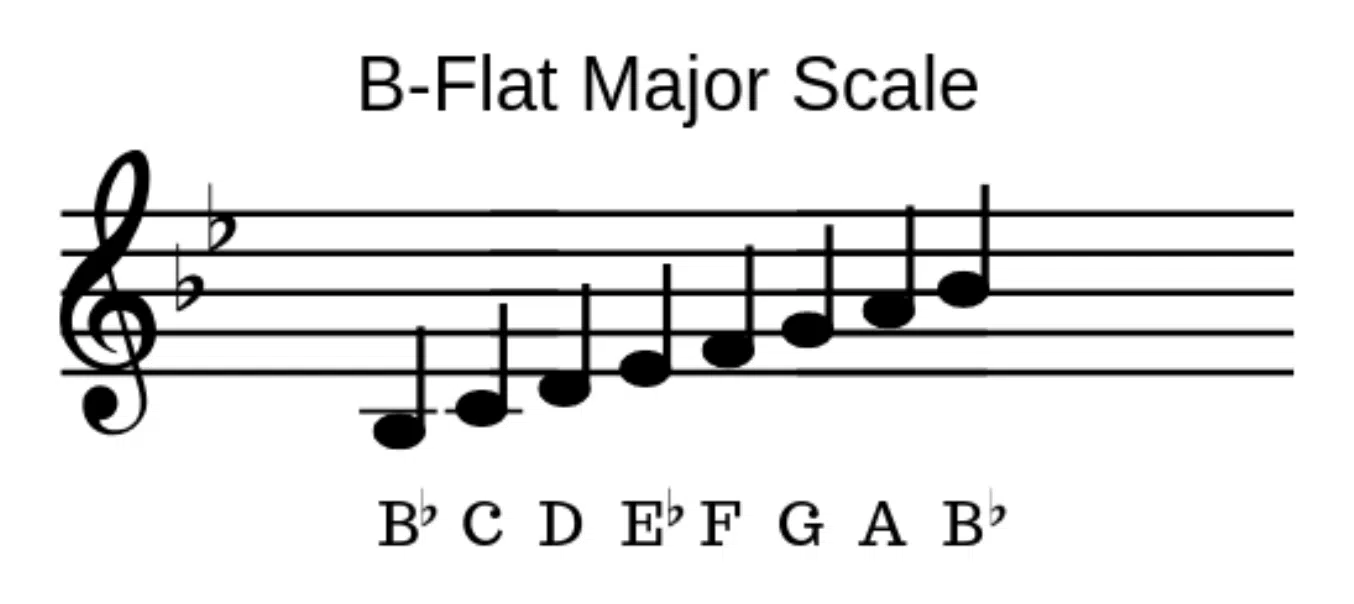
The B flat Major Scale is a seven-note scale with a major scale formula of Bb, C, D, Eb, F, G, and A.
It has a bright and bold sound that can be described as energetic and joyful.
The B Flat Major Scale has a distinctive and uplifting quality that is often used in celebratory music.
-
G flat Major Scale (Gb, Ab, Bb, Cb, Db, Eb, and F)
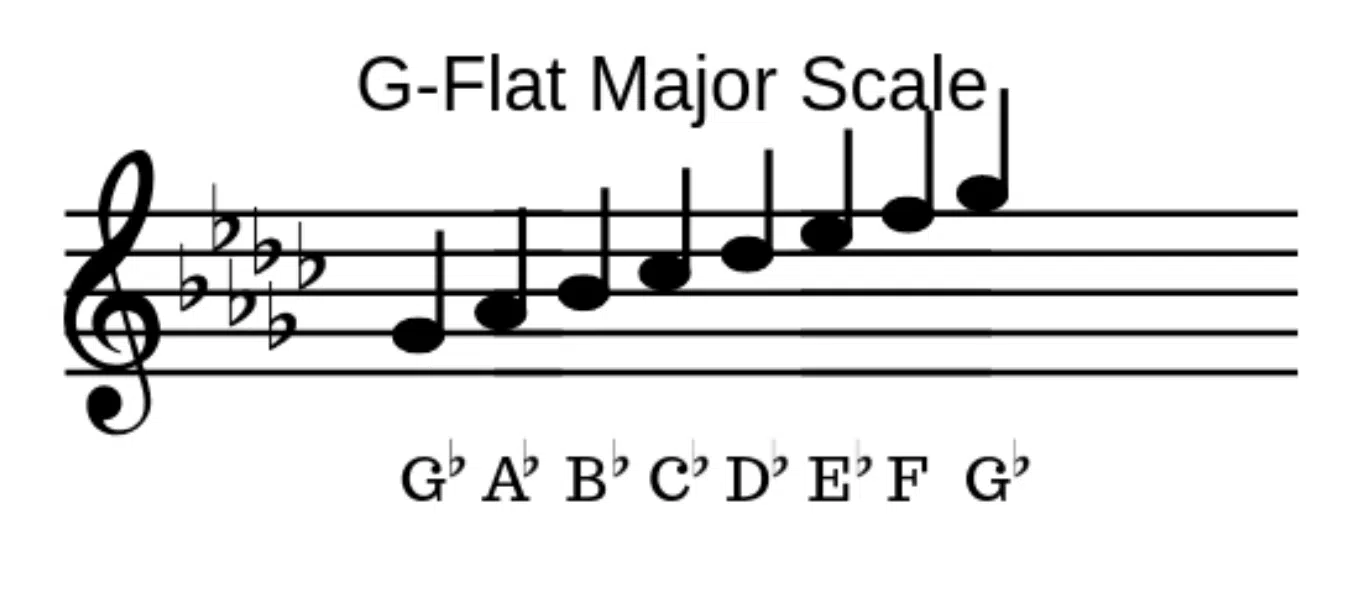
Due to the high number of flats in the key signature, the G Flat Major scale has a somber and contemplative quality.
It’s used to convey darker, more melancholic feelings, and has a very mysterious vibe.
-
D flat Major Scale (Db, Eb, F, Gb, Ab, Bb, and C)
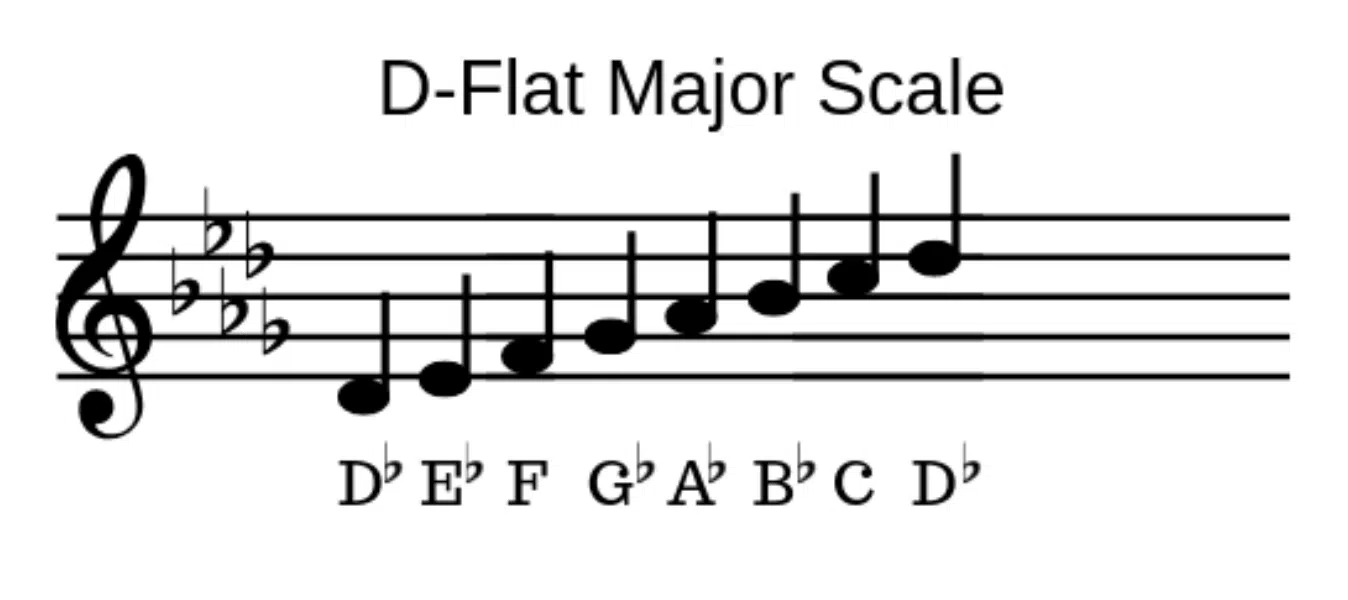
The D flat Major Scale has a warm and romantic sound that is often described as rich and full-bodied.
With five flats in the key signature, this scale has a complex and sophisticated quality.
Most commonly used in classical and romantic music.
-
F Sharp Major Scale (F#, G#, A#, B, C#, D#, and E#)
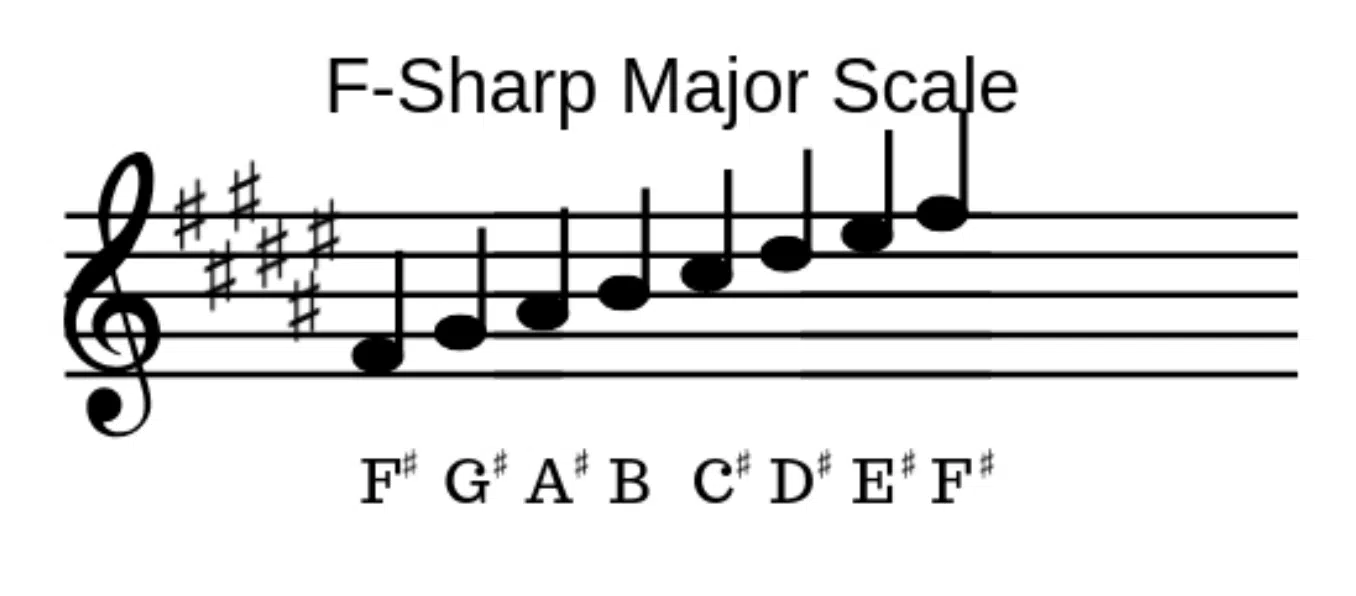
The F sharp Major Scale has a bright and energetic sound that is bold and triumphant.
With six sharps in the key signature, this scale has a distinctive and uplifting quality, popular in pop and some hip-hop music.
-
F Major Scale (F, G, A, Bb, C, D, and E)
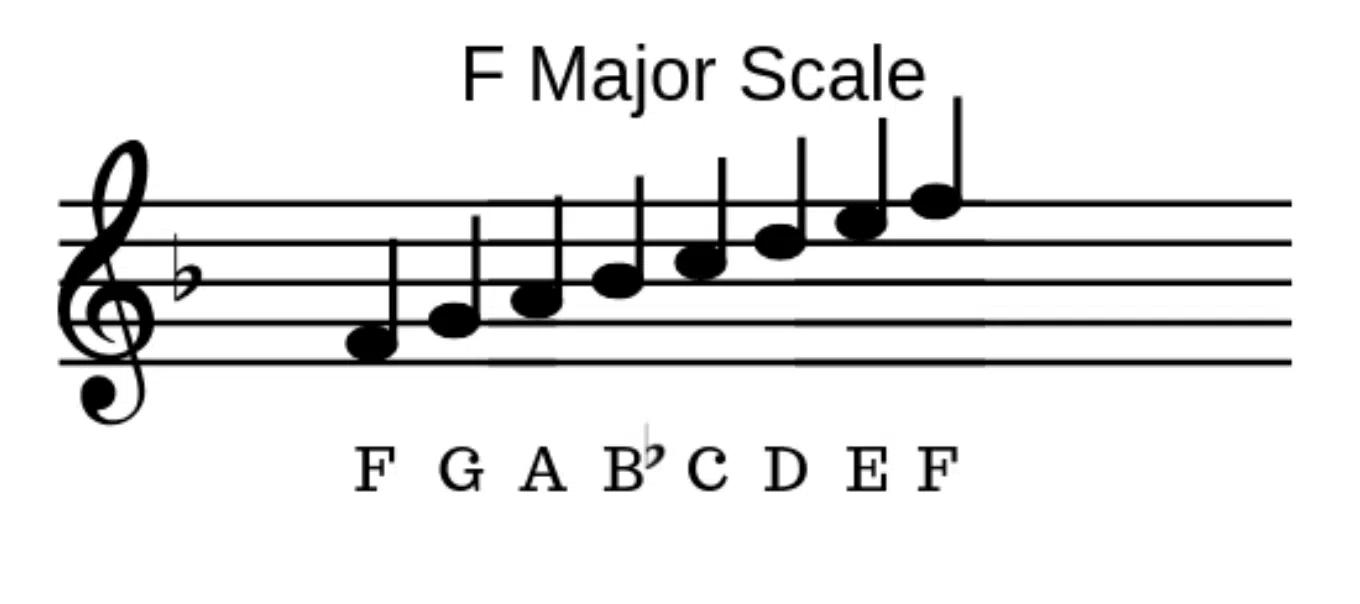
The F Major Scale has a warm and pastoral sound that is super bright and cheerful.
With one flat in the key signature (Bb), the F Major scale has a smooth and flowing quality.
It is often used in classical and folk music (and some rock).
Inspect Your Notes
When using the Major Scale, it’s important to pay attention to the specific notes that you’re using.
Some notes are more suited to creating certain moods and emotions than others.
The notes G, A, B, C create a much different feel than F, G, A, B or C, D, E, F.
- The notes G, A, B, C 一 Create a bright, happy feel.
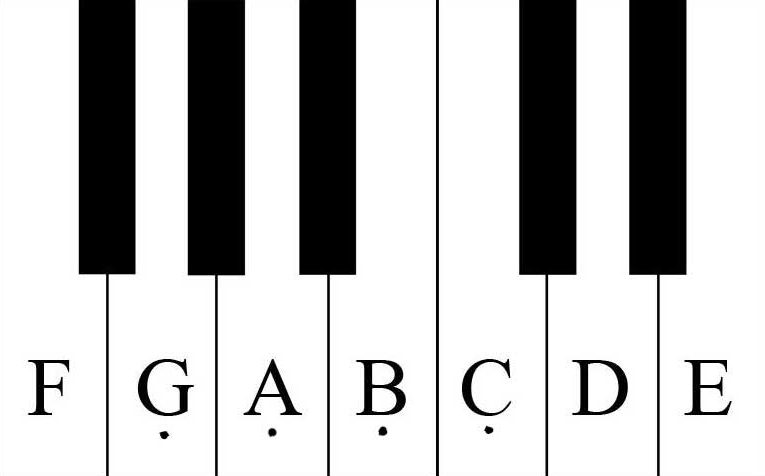
- The notes F, G, A, B 一 Create a more serious, introspective vibe.
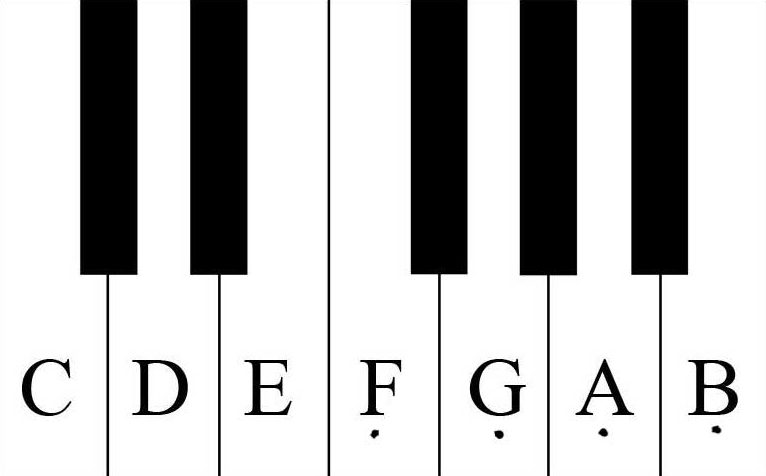
- The notes C, D, E, F 一 Create an energetic and uplifting feeling.
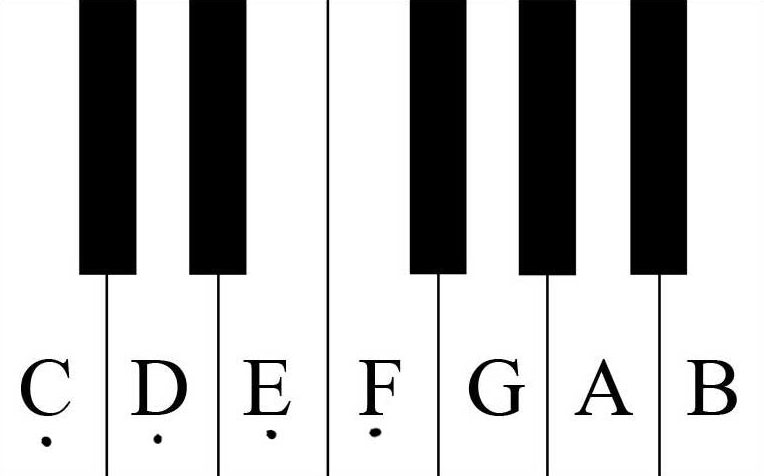
Make sure to inspect your notes and determine the feelings they’ll convey before you incorporate them into your pieces.
Using the Major Scale in Chord Progressions
Another way to use the Major Scale in your music is by using it to create unique chord progressions.
A chord progression is a sequence of chords that are played in a specific order to create a musical phrase.
The Major Scale is particularly well-suited for creating chord progressions because of its specific pattern of whole and half steps.
To create a Major Scale chord progression:
- Start by choosing a Major Scale to base your progression on.
- Choose a chord that corresponds to each note in the Major Scale.
For example, if you’re using the C Major Scale, the chords would be C, Dm, Em, F, G, Am, and Bdim.
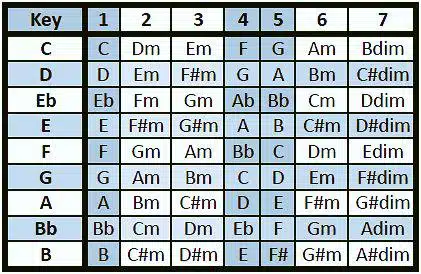
An example of a song that uses Major Scale chord progressions is “Let It Be” by The Beatles (C-G-Am-F).
Final Thoughts
The Major Scale is a fundamental component of music theory that has shaped countless compositions throughout history.
By understanding the unique qualities of each Major Scale, you can unlock the full power of sound and create music that resonates deeply with your audience.
From the bright and energetic F sharp Major to the rich and melancholic G flat Major, you can invoke a vast array of emotions in your listener and keep them hungry for more.
With the knowledge and tools provided in this article, you are now well-equipped to explore the endlessly fascinating world of music theory and unleash your full creative potential as a musician.
In order to play around with chord progressions in the major scale, you’ll want the hottest chord progressions on the planet…
Luckily, inside the FREE Unison YouTube MIDI Chord Progressions pack, you’ll find just that!
With over 45 of the hottest chord progressions from artists like Drake, Future, and Kanye West, you can certainly expand your production skills and use them with any sound you’d like.
They’re fully customizable, proven to attract major attention, and will absolutely blow the minds of your listeners.
It doesn’t hurt that they’re 100% royalty/copyright-free either.
Until next time…







Leave a Reply
You must belogged in to post a comment.